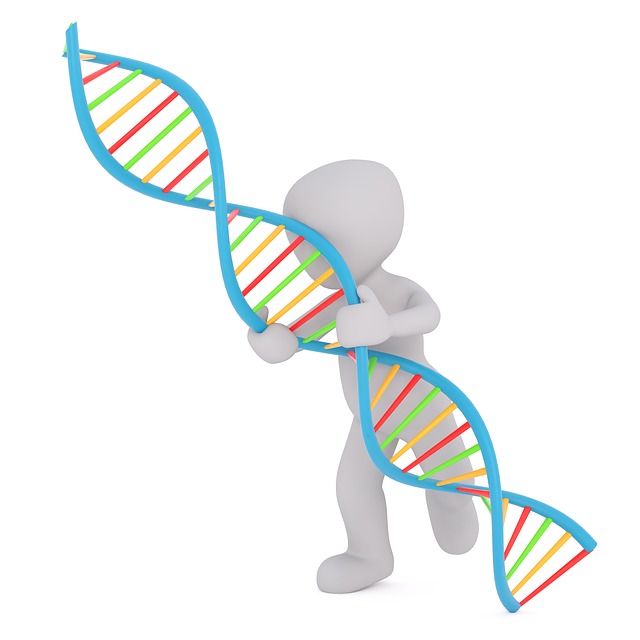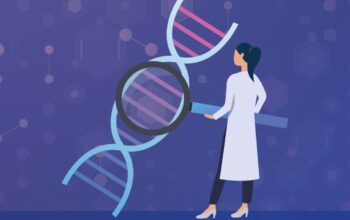Stem cell therapy is a new form of medical technology that is still evolving over time. With new innovations come misunderstanding and misleading information surrounding the emerging subject. What are stem cells and how do they work? Stem cells are special cells that can mimic other cells, rapidly reproduce around the other cells, and can replace damaged tissue.
Stem cell therapy has many applications like treating tissue degradation and blood cancers — Leukemia, lymphoma, myeloma. Stem cell therapy may sound like a miracle cure, however, it’s actually very scientific. If you would like further information about stem cell therapy, reach out to the stem cell experts at ThriveMD today. Let’s debunk 3 misguided myths surrounding stem cell therapy.
Stem Cells Can Make You Sick
The thought of introducing new cells into your body or implementing any new medical technology can be scary to some people. Thankfully, there have been no proven cases of serious infection from stem cell therapies as of yet. Stem cells don’t have markers like other cells to warrant attack from the body’s autoimmune response: your own harvested stem cells cannot harm you. To add extra assurance, stem cells are harvested and treated under the same protocols governing the handling of donated tissue.
Stem Cells Are Made Taken From Fetal Tissue
There are two main kinds of harvesting stem cells. The first method (and the only legal method) harvests stem cells from an adult’s body and reintroduces them back into the person’s body. A commonplace to harvest stem cells from the body is from bone marrow. Embryonic stem cell harvesting uses discarded tissue from fetuses, which as stated previously, is illegal. Stem cells are either harvested from adults or the amniotic fluid and blood from umbilical cords of healthy births — the mothers are compensated for this. Just to clarify again: harvesting and researching embryonic stem cells from fetuses is illegal in the United States.
Stem Cells can Regrow Limbs
The study of stem cells is still in its beginning stages. Without a doubt, these therapies have promising applications, however, they aren’t a miracle “cure-all” for every ailment. For example, completely regrowing new tissue is not possible with current stem cell research. Stem cells help regenerate damaged and impartial tissue, however, to do this, there has to be some piece of tissue to restore. Orthopedic applications, like regrowing degraded cartilage, is an example of what stem cell therapy can do. Here are some reasons not to delay your orthopedic care.
Related Posts












